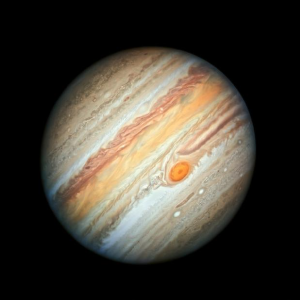
Jupiter
(n)It is the second largest planet in the Solar System, after Jupiter.
Xem thêmLike Jupiter, Uranus and Neptune, it is a "gas giant".
Xem thêmThe largest moon is Jupiter's moon, Ganymede.
Xem thêmJupiter is the largest and biggest planet in the Solar System with a diameter of 142,984 km.
Xem thêmJupiter is classified as a gas giant, both because it is so large and due to the fact that it is made up mostly of gas.
Xem thêmThe volume of Jupiter is 1,317 times the volume of Earth, in other words, 1,317 Earth sized objects could fit inside it.
Xem thêmJupiter can be seen with the naked eye.
Xem thêmIt was known to the ancient Romans, who named it after their god Jupiter, for causing lightning strikes on Earth.
Xem thêmJupiter is the third brightest object in the night sky.
Xem thêmJupiter has at least 67 moons.
Xem thêmThe four largest moons of Jupiter are Io, Europa, Ganymede, and Callisto.
Xem thêmJupiter has a mass of about 318 Earths.
Xem thêmJupiter is twice as massive as all the other planets in the Solar System put together.
Xem thêmSurrounding Jupiter is a faint planetary ring system and a powerful magnetosphere.
Xem thêmJupiter moving out of the inner Solar System would have allowed the formation of inner planets, including Earth.
Xem thêmJupiter shrinks by about 2 Cm each year.
Xem thêmWhen it was first formed, Jupiter was much hotter and was about twice its current diameter.
Xem thêmJupiter is the largest planet in our Solar System.
Xem thêmJupiter is the largest planet and has a big red spot, which is a giant storm.
Xem thêm